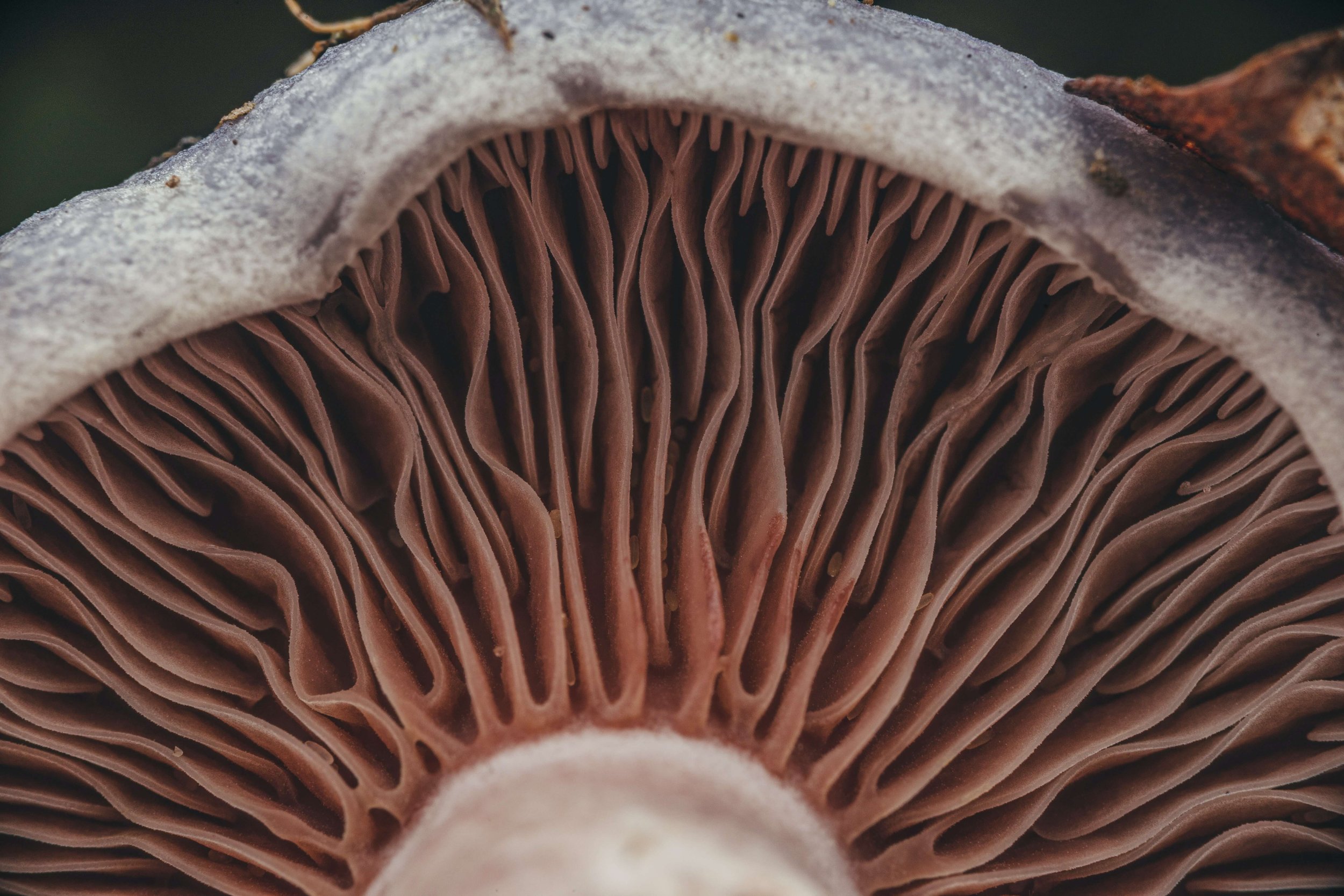Unveiling the Mysteries of Psilocybin: How It Works
Introduction
In recent years, there has been a resurgence of interest in psychedelic substances for their potential therapeutic benefits and their profound effects on consciousness. Psilocybin, found in certain species of mushrooms commonly known as "magic mushrooms," has been at the forefront of this resurgence. But how does psilocybin work its magic on the human mind? In this blog post, we will delve into the working mechanisms of psilocybin to better understand its effects on the brain and the potential applications in the field of mental health.
The Chemical Composition
Psilocybin is a naturally occurring psychedelic compound found in over 180 species of fungi, primarily in the Psilocybe genus. When ingested, psilocybin is converted into its active form, psilocin, in the body. Psilocin is the compound responsible for the hallucinogenic effects associated with magic mushrooms. It shares structural similarities with serotonin, a neurotransmitter that plays a key role in mood regulation, which is an important clue to how psilocybin affects the brain.
Interaction with the Brain
Psilocin's resemblance to serotonin allows it to interact with serotonin receptors in the brain. The primary receptors involved in the psychedelic effects of psilocybin are the 5-HT2A receptors. When psilocin binds to these receptors, it triggers a cascade of neural activity that leads to altered perceptions, thoughts, and emotions. This profound alteration in consciousness is what users commonly describe as a "trip."
Increased Connectivity
One of the most intriguing aspects of psilocybin's effects on the brain is its ability to increase connectivity between different brain regions. Studies using functional MRI (fMRI) have shown that under the influence of psilocybin, areas of the brain that don't normally communicate with each other begin to do so. This increased connectivity is believed to be responsible for the expansion of consciousness, the dissolution of the ego, and the vivid hallucinations experienced during a trip.
Reduction in Default Mode Network Activity
The default mode network (DMN) is a network of brain regions associated with self-referential thoughts, mind-wandering, and the ego. Psilocybin has been shown to reduce activity in the DMN, leading to a profound shift in the sense of self. This reduction in DMN activity is thought to be a key factor in the therapeutic potential of psilocybin, as it can help individuals break free from rigid thought patterns and self-destructive behaviors.
Emotional Release and Catharsis
Many users of psilocybin report experiencing deep emotional release and catharsis during a trip. This can be attributed to the compound's ability to unearth buried emotions and memories, allowing individuals to process and confront unresolved issues. Therapeutic settings with trained guides often utilize this aspect of psilocybin to help individuals work through trauma and emotional difficulties.
Potential Therapeutic Applications
Research into the therapeutic applications of psilocybin is ongoing, but promising. Studies have shown its potential in treating conditions such as depression, anxiety, PTSD, and addiction. The ability to induce profound mystical experiences has also led to exploration in the realm of existential and spiritual therapy.
Conclusion
Psilocybin's working mechanisms are complex and multifaceted, but they hold great promise for understanding and improving mental health. Its unique ability to alter consciousness, increase connectivity in the brain, and reduce default mode network activity make it a fascinating subject of study and a potential game-changer in the field of mental health treatment. As research continues, we may unlock even more of the mysteries behind this ancient and powerful substance, ultimately improving the lives of those who suffer from mental health disorders.chanisms are complex and multifaceted, but they hold great promise for understanding and improving mental health. Its unique ability to alter consciousness, increase connectivity in the brain, and reduce default mode network activity make it a fascinating subject of study and a potential game-changer in the field of mental health treatment. As research continues, we may unlock even more of the mysteries behind this ancient and powerful substance, ultimately improving the lives of those who suffer from mental health disorders.

